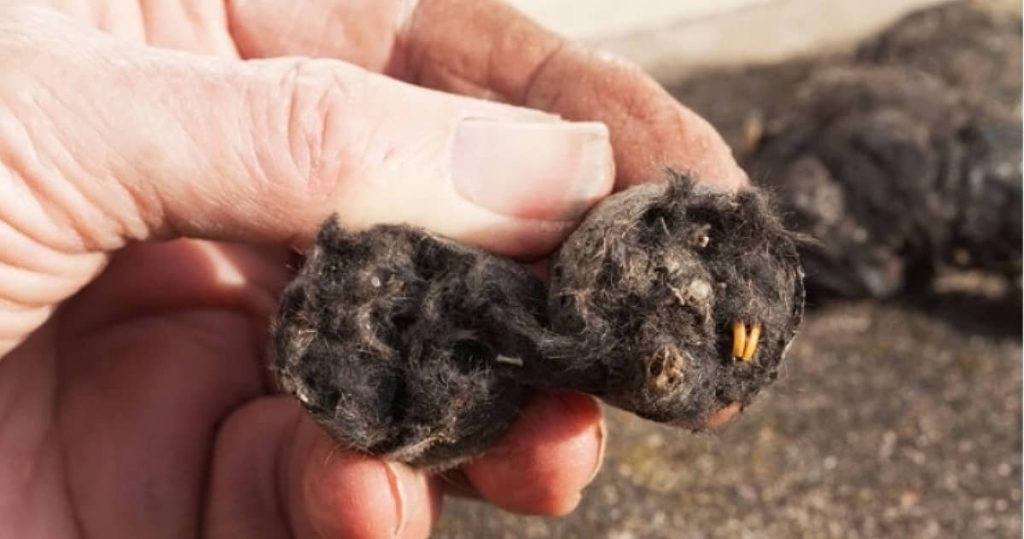
Bird lovers like me are surprised to learn about several characteristics of owls’ lives, including their nocturnal life, 270-degree head rotation, owl pellets, etc. But now the question is: what is an owl pellet and how is it formed?
Several restricted birds of prey, such as owls, hawks, and falcons, are found to see pellets. Pellets are an important part of digestion in these birds of prey. All these birds of prey, especially owls, cannot survive without pelleting.
Let’s know what an owl pellet is, what it looks like, how it is made, and what the role of the pellet is in the lives of owls.
Contents
- 1 What is an owl pellet and how is it formed?
- 2 What do owl pellets look like?
- 3 What are owl pellets used for?
- 4 To study owls
- 5 Ecosystem concept
- 6 Use in school education
- 7 How often do owls produce pellets?
- 8 Why are owl pellets important?
- 9 What can you find in owl pellets?
- 10 Where do owl pellets come from?
- 11 What do owl droppings look like?
- 12 What is owl pellet dissection?
- 13 FAQs
- 14 Conclusion
What is an owl pellet and how is it formed?
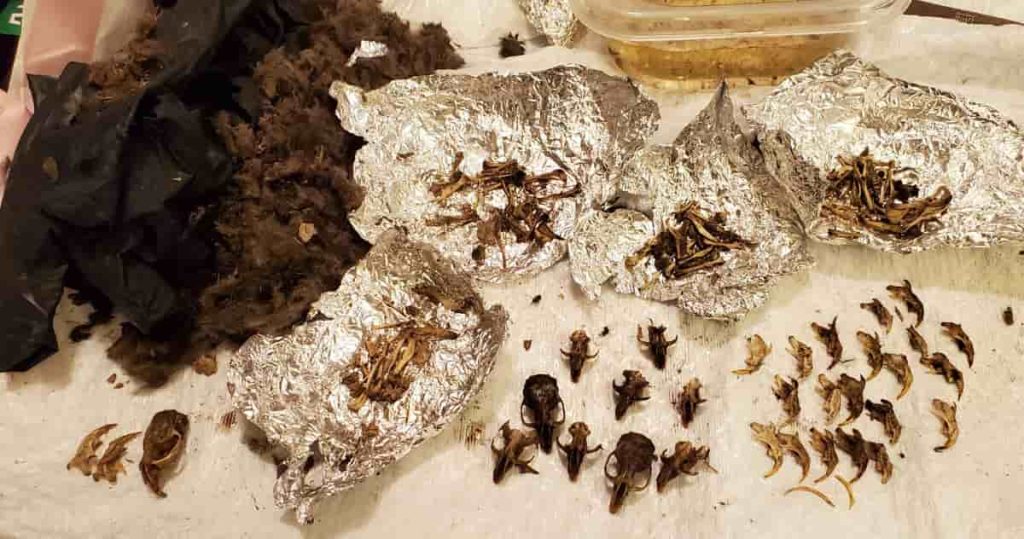
The gizzard is an important part of the digestive system of owls. Owls separate the indigestible food material that enters their body through this gizzard.
While eagles, hawks, and falcons tear the flesh of their prey and eat, owls swallow their prey whole, so the owls’ stomachs contain the fur, bones, skulls, feathers, claws, beaks, and scales of the prey that they cannot digest.
In the stomach of owls is an organ called the gizzard, which separates the indigestible material of the owl and compresses this material into a mandrel. Owls pass it through their mouths once a day, which is called an owl pellet.
Owls collect their essential nutrients from the digestible food components of their prey, and the unnecessary parts are excreted by the owls in the form of droppings.
Owl pellets are hard, small black pellets, but owl poop can be thin, thick, white, or yellow.
What do owl pellets look like?
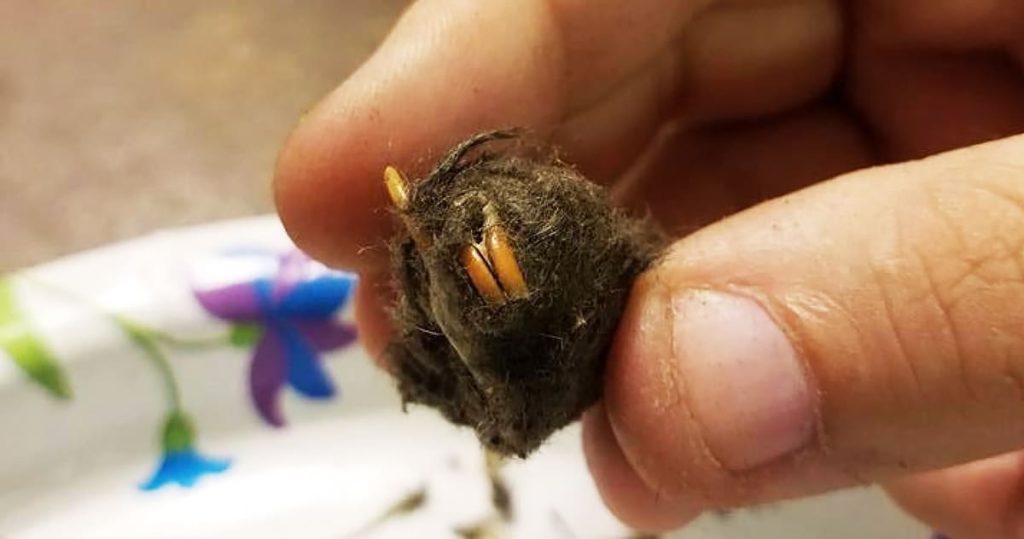
The size or color of owl pellets can be observed to vary depending on their species. There are about 254 species of owls in the world, small and large, because of their different habitats and food intake and this change in pellet size and color.
Since birds like hawks and falcons also have pellets, it is natural to confuse these bird pellets with owl pellets. However, a slightly different feature of the owl pellet can be observed.
Pellets of owls are black, dark brown, light brown, or gray, and the size of the pellets can be our thumb or oval. Since owls swallow their prey whole, their pellets contain a large amount of bone, fur, feathers, and teeth.
Because pellet-producing other birds tear the flesh off and eat their prey, their pellet predators have very little fur, bone, or feathers.
What are owl pellets used for?
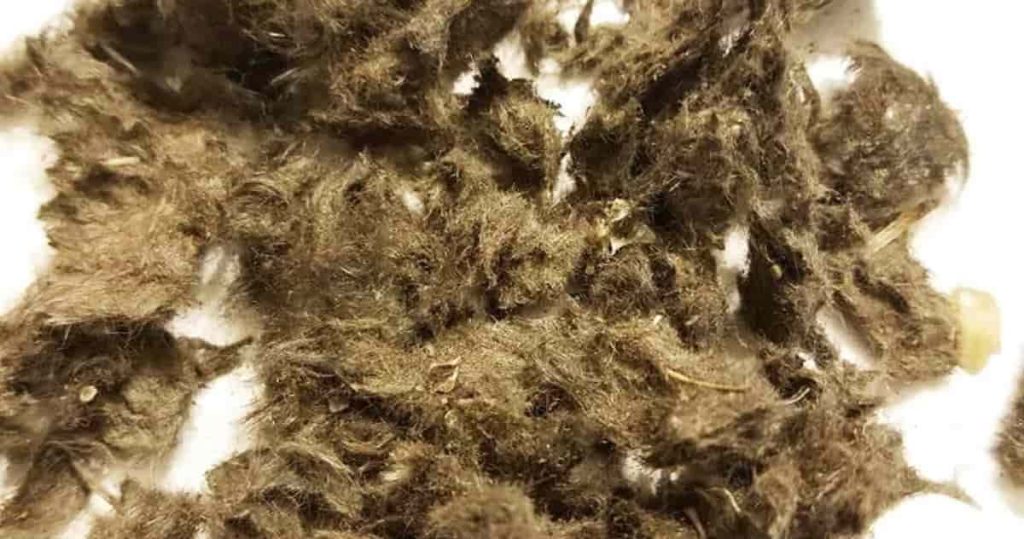
Owls’ pellets consist of indigestible parts of their prey, such as bones, fur, and feathers. These pellets are of great use in education. Below are some uses of pellets:
To study owls
Owl pellets are used to get an accurate idea of different species of owls. This gives an idea of what species of owls prefer to eat, what type of prey, and what species of small animals are found in that particular area.
Ecosystem concept
Owl pellets are useful for an accurate understanding of ecosystems. Scientists use a variety of research tools to look at what is in the owl’s pellet to create a blueprint of the ecosystem’s diet.
Use in school education
To exemplify life sciences in different schools, owl pellets are brought to the science classes, and live demos of different types of animal bones, furs, and skulls are performed.
How often do owls produce pellets?
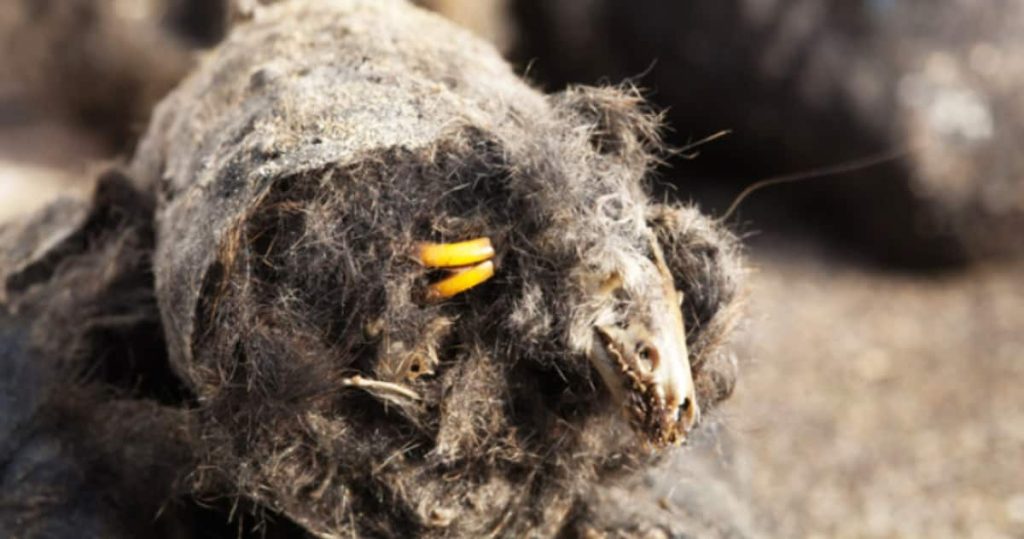
Pellets are waste food produced by owls’ digestion. Owls expel their pellets through their mouths once each day.
Owls compress these pellets into a part of their abdomen called the gizzard, which they later expel.
Owls release their pellets once each day, but the timing can vary depending on the species or due to a lack of food.
Owls may excrete pellets several times a day or may excrete pellets after several days. It takes an owl about 6 hours to form a pellet.
Why are owl pellets important?

Owl pellets are a very important ingredient for owls because the structure of owls is such that they cannot extract animal bones, skulls, or teeth through their anus.
They also swallow their prey whole, which causes a lot of unnecessary waste to pass through their bodies. If the owls could not excrete these wastes in the form of pellets, they could suffer various physical problems or even die.
Owl pellets are also an invaluable gem for researchers. Because the skeletons of prey found in owl pellets can tell which species of owls eat which types of animals.
In addition, researchers can easily understand which species of animals live in a certain region by looking at the bones, skulls, etc. found in the owl pellets. Even small animals or insects in certain forest areas have been discovered with the help of regurgitating owl pellets.
What can you find in owl pellets?
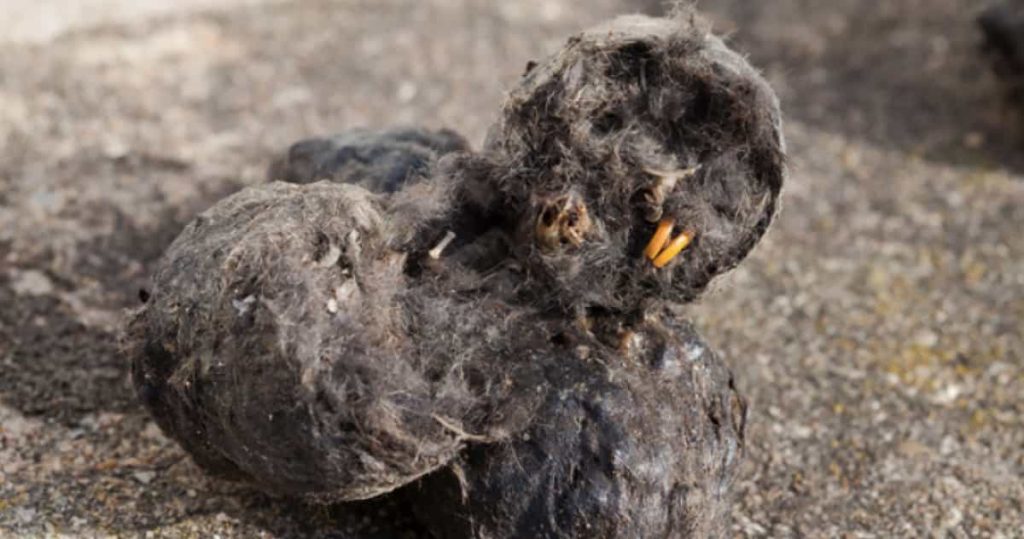
Owl pellets contain materials such as bones, skulls, teeth, feathers, claws, beaks, etc. of the various animals they hunt.
Owl pellets are an important material for those studying science or those studying different types of animals, as they are found in small mammal skeletons, bird skeletons, amphibian skeletons, and reptile skeletons.
Owls drop their pellets in the same place almost every day, and because owls swallow their prey whole, the bones or skulls of these animals are often found intact, which is why owl pellets are so important.
Where do owl pellets come from?
When owls eat their prey, they swallow the prey whole, which results in all the parts of the prey being put into the owl’s body. Bones, fur, feathers, nails, and beaks are some of the materials that owls cannot digest.
These materials are stored and compressed by an organ called the gizzard in the owl’s stomach to form small pellets. Owls expel this pellet through their mouths once a day.
What do owl droppings look like?
Owl droppings that are white or yellow can be thin or thick. However, depending on the diet of different species of owls, the color of owl droppings may change slightly.
Owls may see more or less droppings depending on their food intake. Since owl droppings are liquid or thick, they are easily buried in the soil, which is why after a few days you will no longer see the owl droppings.
Many people mistake owl pellets for owl droppings because they have no idea about owl pellets. It takes several days for a pellet to become buried in the soil.
What is owl pellet dissection?
The researchers dissected the owl pellets to find out which species of owls eat which types of prey and which types of animals are found in which areas.
Owls excrete a pellet almost every day, and an owl’s pellet may contain several animal skeletons.
The researchers very carefully tried to slowly open these pellets and to separate the skeletons of different types of animals inside the pellets.
Prepare the skeletons of various animals by arranging animal bones from pellets.
FAQs
Q. What is owl vomit called?
Ans: Owls don’t vomit, they pass pellets through their mouths, known as owl pellets.
Q. What is the purpose of the gizzard in the owl pellet formation?
Ans: The gizzard is an important part of the digestive system of owls. Through the gizzard, owls separate the indigestible food material that enters their body.
Q. Do owls spit up pellets?
Ans: No, owls do not spit up their pellets, they expel them through their mouths.
Q. What are owl pellets called?
Ans: Owl pellets are originally called owl pellets.
Conclusion
In the above-mentioned answer to What is an owl pellet and how is it formed, you have got information about the owl pellet relationship.
After all, owls store unnecessary harmful substances in their bodies in the form of pellets that owls cannot digest.
Owls play an important role in controlling the number of small animals in our ecosystem, so by studying owl pellets, scientists can get an idea of what small animals are found in the area and how many there may be.
So owl pellet is an important material for scientists or researchers which gives us a lot of new information about these beautiful birds of prey.